
Jewish Artists Initiative (JAI) curators Georgia Freedman-Harvey and Anne Hromadka Greenwald spent the fall of 2016 readying a proposal to participate in the 2017 Jerusalem Biennale, one of the world’s premier showings of Jewish contemporary art. Not lost on them was the significance of its submission deadline — two days after the contentious presidential election.
“We knew that no matter what happened, that as a group of artists from the United States, if our exhibition idea was selected, we’d be a voice at a drastically changing time,” Hromadka Greenwald told guests gathered at MuzeuMM, a mid-City gallery.
Attendees gathered for the June 24 opening of “Flashpoints: A Collective Response,” organized by JAI, a local, artist-run organization founded in 2004 that fosters the work of Jewish artists.
Guests had the opportunity to socialize with the artists while viewing the five murals that make up “Flashpoints,” one of three North American exhibitions to debut at Biennale venues in Israel’s capital last fall along with nearly 30 other exhibitions from around the world. Each offered an artistic response to the broad theme of “Watershed.”
“We wanted to offer perhaps our response to what we saw as a growing divide,” Hromadka Greenwald said, “and that maybe the way forward is through our traditions as Jews that often teach us we’re better together than we are apart.”
The exhibition’s large, striking murals were labeled “Water,” “Nationalism,” “Civil Rights,” “Human Rights” and “Political Polarization” — employing imagery that reflects hot-button issues like immigration and criminal justice reform.
“No one could’ve guessed that the various topics we picked are only more magnified and more unresolved today,” Freedman-Harvey said.
The curators envisioned an atypical exhibition. They tasked selected JAI artists with adopting a surrealist concept known as “exquisite corpse,” an old parlor game involving artists adding to an assembled composition. Pioneered by early 20th century French surrealists, the method served as an absurdist response to a Europe post-World War I and in the throes of World War II.
“It was their way of doing political protest,” Hromadka Greenwald said. “Inspired by that, we then wanted to put together an exhibition that tapped into the shifting winds that we couldn’t exactly predict.”
Teams of three or four JAI artists worked together for nearly two years to assemble paneled, stitched-together murals that combined mediums including mixed media, collage, watercolor and oil painting. One section of the gallery displayed artists’ working sketches that outlined the painstaking process of developing individual pieces that ultimately contributed to the whole.
Melinda Smith Altshuler, 64, who helped create the four-paneled “Civil Rights” mural, said, “Seeing everything come to fruition, the two-year process and all of the teamwork behind it, is a wonderful, enriching experience.” Her section, “Justice Bleeding,” is a mixed-media collage of weighted scales. “In the piece, I’m dialoguing about how much of the balance of righteousness is available to all of us as citizens,” she explained.
Nearby, Randi Matushevitz, 53, ruminated on her work, “Water as Industry,” a section of the four-piece “Water” tapestry. In it, a desperate, naked figure crawls on a cracked desert floor and cups water leaking from an ominous, looming water tower.
The exhibition’s large, striking murals were labeled “Water,” “Nationalism,” “Civil Rights,” “Human Rights” and “Political Polarization” — employing imagery that reflects hot-button issues like immigration and criminal justice reform.
“Water is so precious and clean water, that’s the diamonds of today,” she said. “The situation in Flint, Mich., still isn’t fixed. Here there’s this thirst, crawling through the desert. That’s the crux of it. What is water? Water is precious. It’s life. We need this. It’s vital.”
The MuzeuMM showing also featured the varied works of 16 JAI artists that didn’t appear alongside the Biennale murals in Jerusalem last year.
Despite the fact an estimated 30,000 visitors saw “Flashpoints” during the Biennale, JAI President Ruth Weisberg believes it was important to bring the exhibition home — something her organization didn’t do after it showed works at the 2015 iteration in Jerusalem.
“It’s very exciting to share this with the Los Angeles community,” Weisberg said. “I think it gives a sense of the amplitude of the Jewish art experience. We’ve had our showings in Jerusalem, but this time, this opportunity to bring it back here will hopefully create a lot more awareness about what we’ve done with such an ambitious show that’s also so timely.”
“Flashpoints” is on view through July 8 at MuzeuMM, 4817 W. Adams Blvd., Los Angeles. (323) 533-0085.






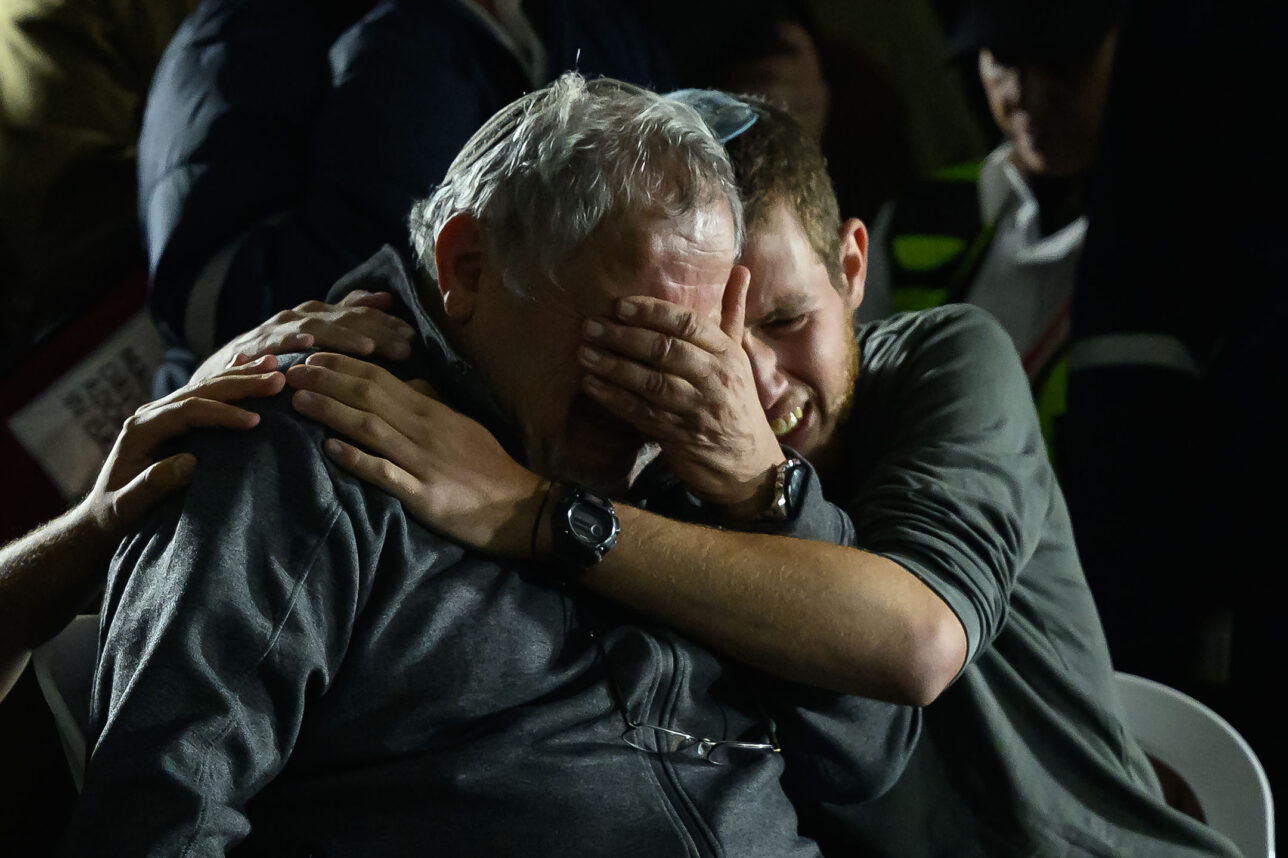
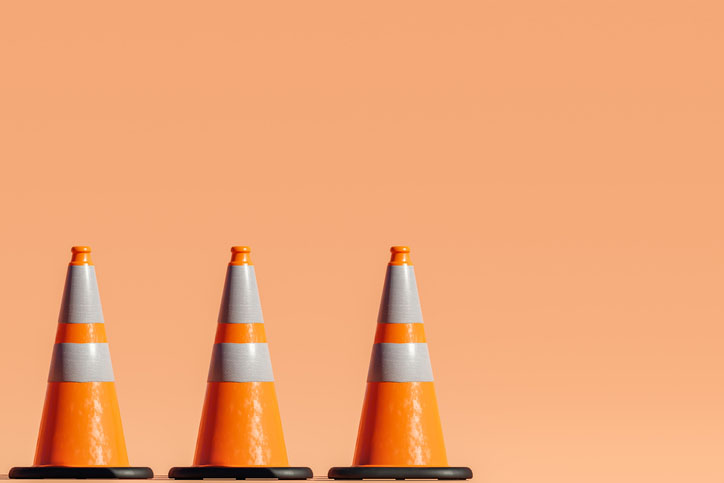

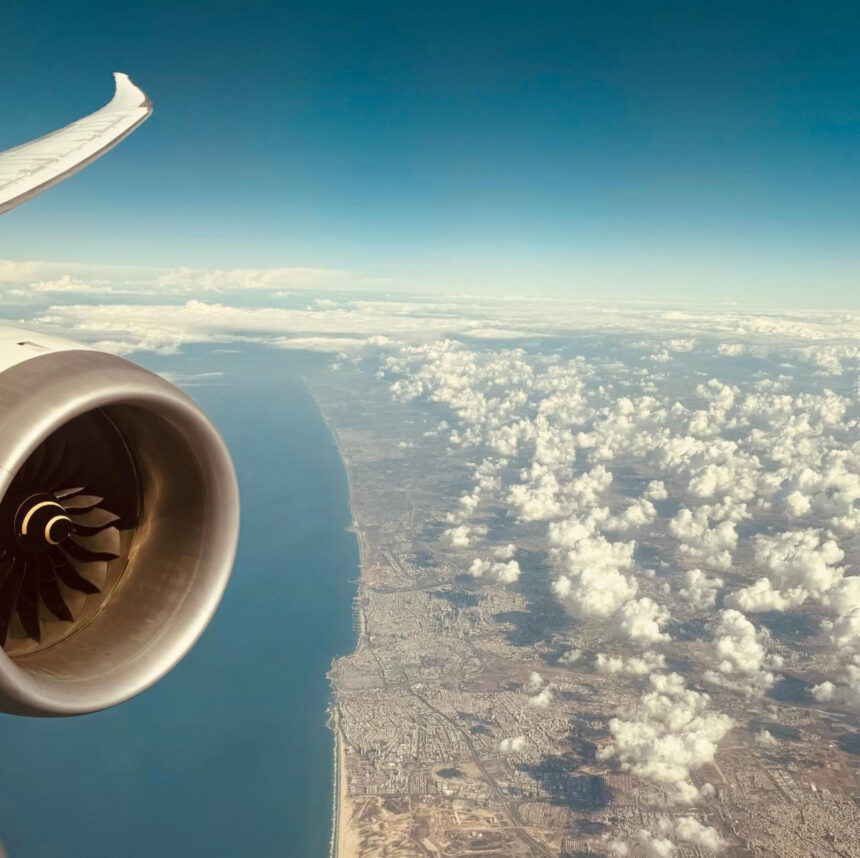
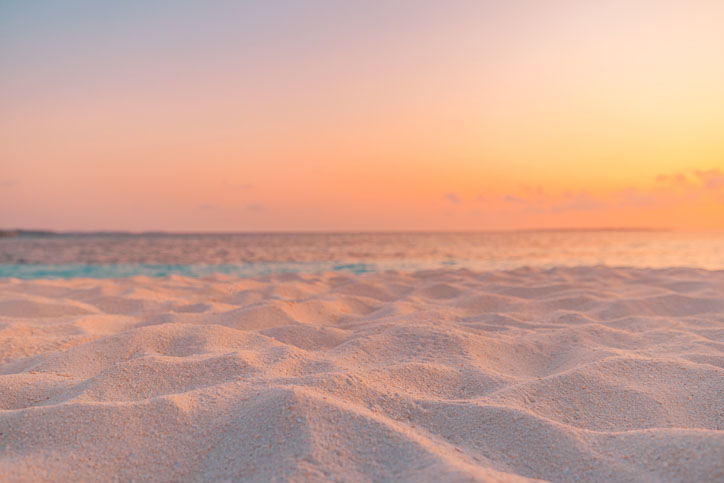
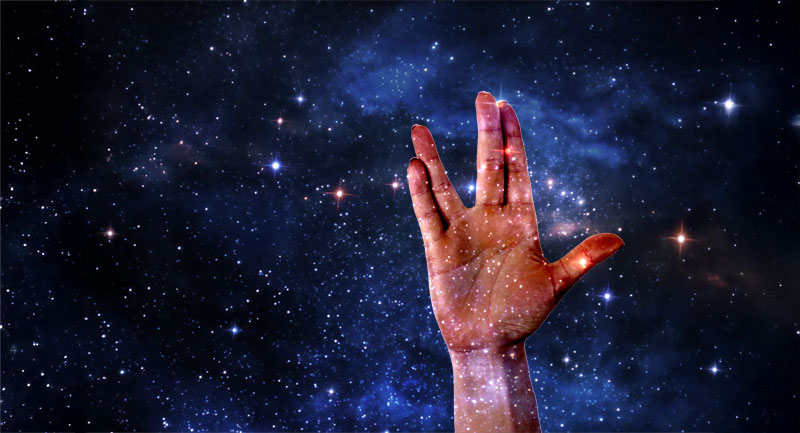
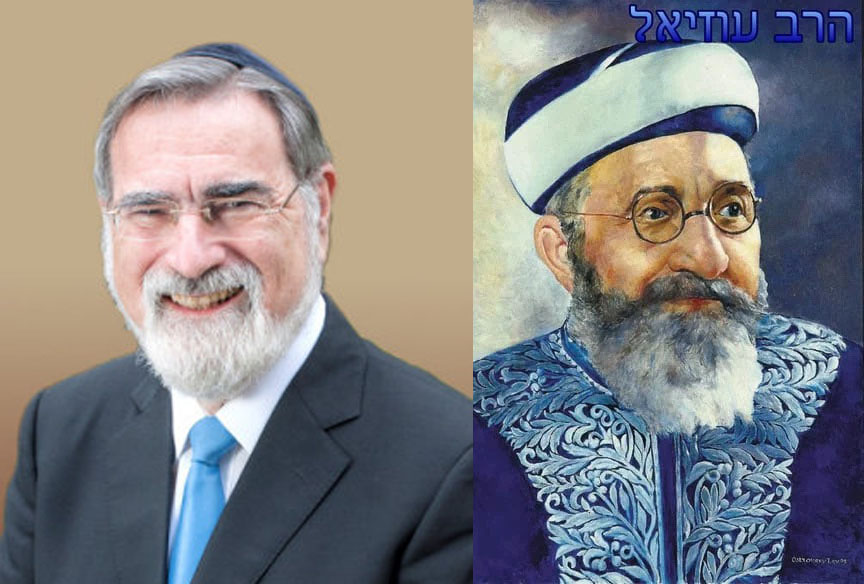
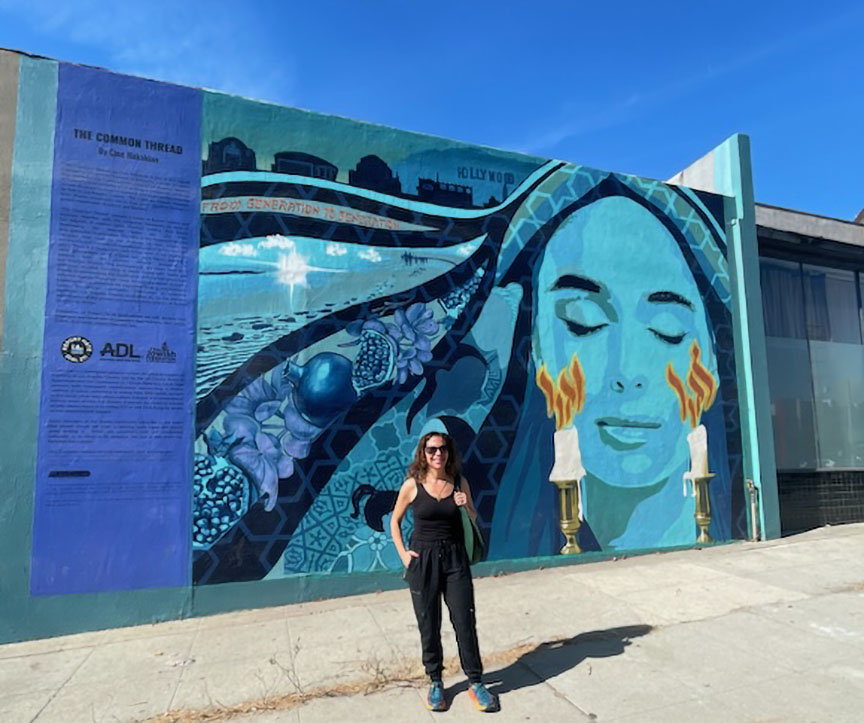
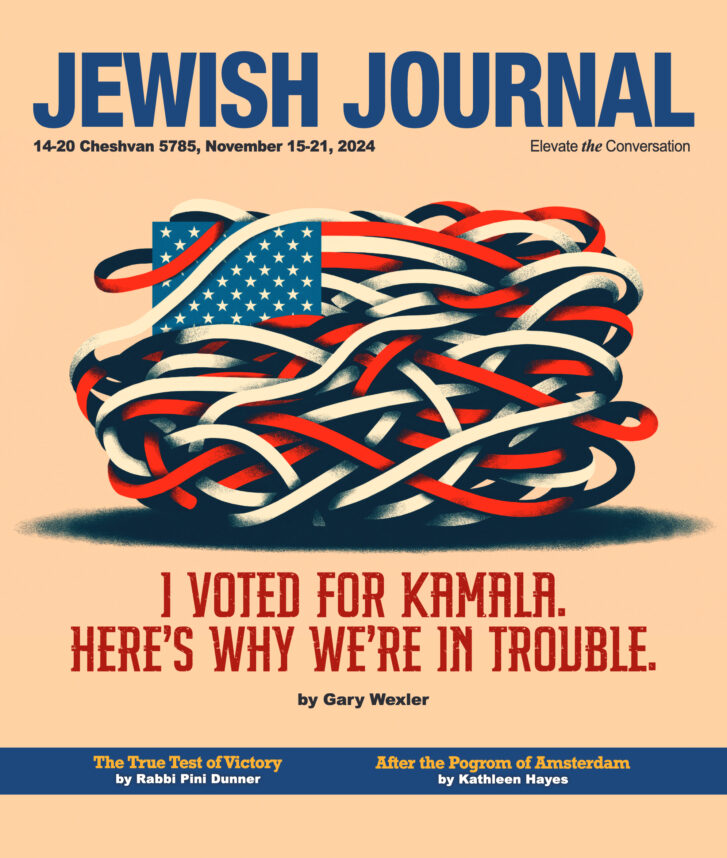
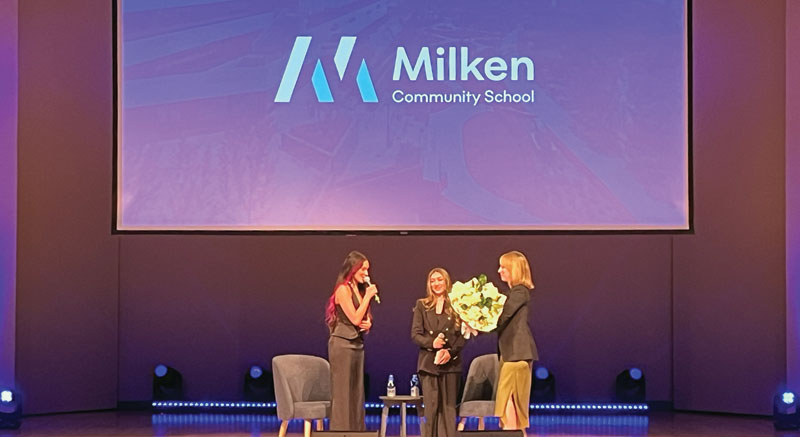





 More news and opinions than at a Shabbat dinner, right in your inbox.
More news and opinions than at a Shabbat dinner, right in your inbox.